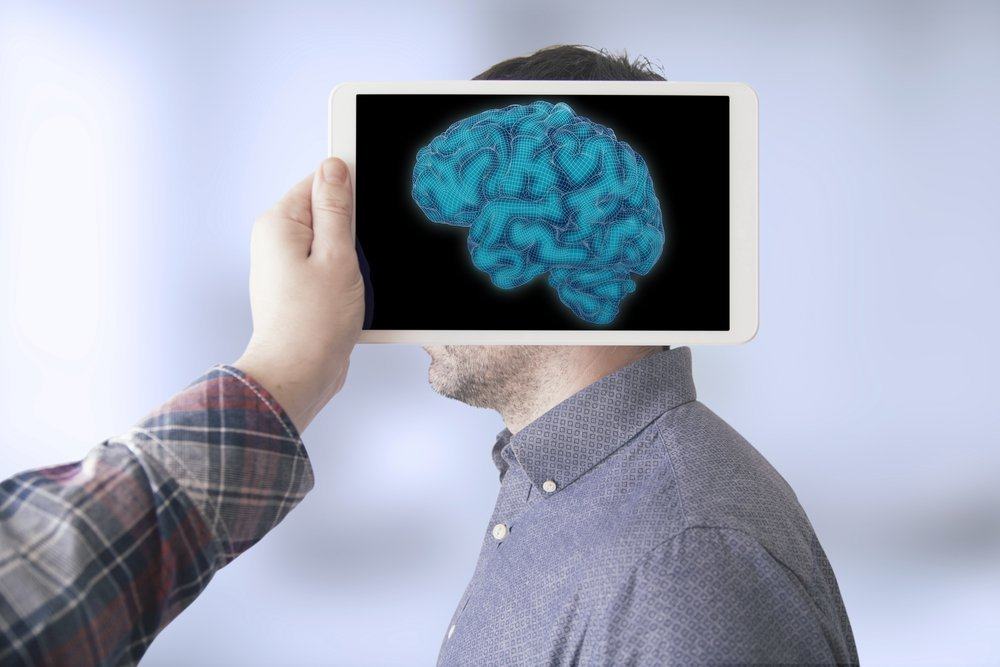Contents:
- Medical Video: Autism Services: Hands' Intensive Behavioural Intervention (IBI)
- What is autism?
- What is IBI?
- IBI program at school
Medical Video: Autism Services: Hands' Intensive Behavioural Intervention (IBI)
Recently, autism has often received media attention. One reason is because of the rapid increase in the number of sufferers. Although autism was considered a rare disease that affects only 2-4 of 10,000 children, several studies conducted since the late 1990s have reported autism sufferers increased to 60 out of 10,000 children.
With the increase in the estimated frequency, many media focus on Intensive Behavioral Intervention (IBI). IBI is a structured, rigorous and labor intensive treatment for autistic children. Parents want their autistic children to receive IBI therapy at school, but most schools do not implement this. In fact, the success of IBI has been documented, and professionals have recognized IBI as the most successful therapy for autism.
What is autism?
Autism is a biological condition that is lifelong in nature, a developmental defect that is clearly seen in the first few years after birth. This is related to various abilities, symptom patterns, and severity, therefore it is considered a spectrum disorder. Because of its complex nature, autism can be difficult to diagnose. Treatment varies based on the background of the doctor who handles it.
There is no definite medical diagnostic test for autism. Diagnosis is based on children's behavior. A child can be diagnosed with autism if it shows a sharp decline in social interaction, communication, behavior patterns, activities, and enthusiasm. The behavior of autistic children is very different from normal children.
Many autistic children meet the criteria for mental retardation. However, cognitive impairment is on a continuum from low to high functioning. In addition, some cognitive functions may be impaired, while others remain intact. As a result, many autistic children have 'island abilities'. An extreme example of this is the presence of genius-like abilities that occur in a low percentage of individuals with autism. These infections usually focus on certain areas: music, drawing, calendars, or other special forms of mathematical calculations.
More than half of autistic children cannot use language correctly. Autistic children have difficulty using language in a social and communicative context, and have difficulty understanding non-literal explanations. Even active children with autism have many difficulties understanding the thoughts, feelings, and intentions of others.
What is IBI?
IBI uses the Applied Behavior Analysis (ABA) technique to improve behavior associated with impaired skills in socialization and communication. The ABA technique is based on the principles of psychological behavior. According to this approach, behavior and learning are influenced by events in the surrounding environment. After behavior occurs, positive consequences will increase the likelihood of behavior that will occur again, while negative consequences will reduce the likelihood of repetitive behavior. In some cases, it is very difficult to know what behavior signifies autism, or how certain consequences are considered positive. Instructors trained in IBI are able to analyze and develop approaches to increase the frequency of adaptive behavior, and reduce the frequency of dysfunctional behavior. The trick is to break certain behaviors into small learning components and then become a component of the desired behavior by using positive reinforcement. Each response is recorded and evaluated. This allows adjustment to the teaching process if the desired results are not achieved. As a result, each IBI program is individually designed and very labor intensive.
IBI program at school
Research has shown that autistic children who develop multiple languages and communicative skills before school age have a better prognosis than those who do not. As a result there is a strong urge to develop these skills as soon as possible. It was only in the 1960s that researchers were able to teach speaking for autistic children using special, systematic interaction programs. Since then, research continues to show that autistic children can learn a lot with the right instructions.
Although pre-school children have access to IBI programs or variations based on ABA techniques through several programs, this is not available after they enter school. There are many reasons for this, one of the main reasons is the problem of costs. In addition, the IBI program cannot be applied to all autistic children, and appropriate indicators to identify who will get the IBI program have not been developed.
As an alternative to IBI, many schools have special education programs that try to overcome learning problems for autistic children. If this program has good management, they can control behavior problems. In addition, if they are very structured and follow step-by-step, this program will have a positive impact. But often due to lack of training and resources, schools cannot offer intensive programs such as IBI.
The school also teaches social skills and communication skills through special learning models. That is, they assume that children get an increase in this skill, but maybe this skill needs improvement from the teacher or interaction group.
This does not mean that IBI has no place in the school community. A way is needed to integrate highly specialized interventions from IBI with school group learning processes in order to reduce costs and provide universal access to types of autistic child programs.











